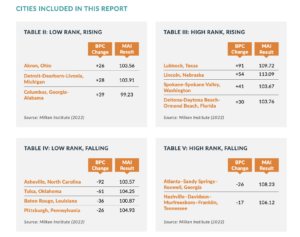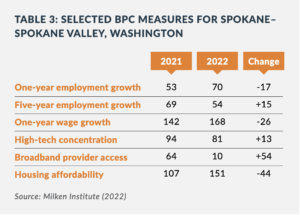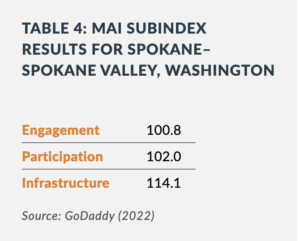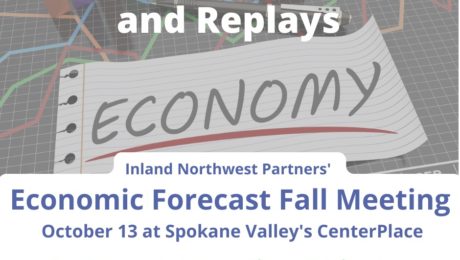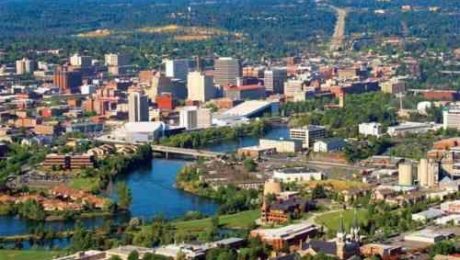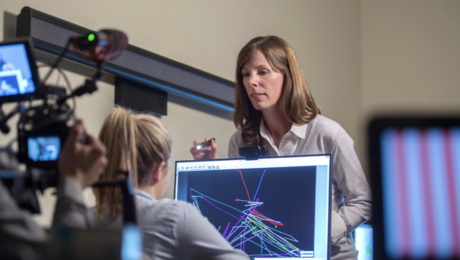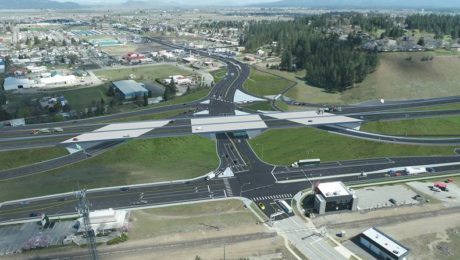This article first appeared on advantagespokane.com on October 11, 2021.
As the economy shakes out, new and growing businesses are deciding where to locate post-pandemic. For most, the availability of skilled, trained and ready-to-work employees is a priority — if not the No. 1 criteria.
“This is going to come down to talent,” says Gary Ballew, GSI’s vice president for economic development. “We already see a scarcity of workers across the country. The ability for companies to be successful is the ability of the community to grow, attract and retain talent.”
Reliable, relevant data helps focus the search — so you know whether a community has the talent pipeline your company needs. In Spokane County, the numbers have been good and steadily getting better:
- High school graduations. At 86.02% in 2019-’20, Spokane County’s high school graduation rate has been rising steadily for the past decade. It’s remained consistently higher than the statewide rate (83.91% in 2019-’20).
- College attendance. In 2019, 71.2% of Spokane County residents 25 and older had attended college. That total percentage includes 40.2% of residents who had attended some college, on their way to earning a degree, or earned an associate’s degree. (That rate was higher than the state and U.S. averages.) That total percentage also includes 19.5% of residents who had bachelor’s degrees, and another 11.5% with graduate or professional degrees.
- Civilian labor force participation. Spokane County offers the largest labor market in eastern Washington and northern Idaho. At 61.89% in 2019, the percentage of Spokane County’s total civilian labor force — the number of employed people plus the those actively seeking work — had been rising steadily since 2015.
Advantage Spokane’s regional Data Center is packed with searchable information about talent, the business climate, infrastructure and utilities, transportation and other factors key to decision-making.
Key data curated for businesses is also easy to find on a free interactive web tool called the Vitals (the source of the talent-related data above). It’s a tool built for businesses throughout Washington and those looking to locate in the state. The Vitals bring together more than 30 key economic indicators in Washington counties or MSAs, and at the state level. The indicators reflect regions’ progress related to economic recovery, talent, business environment, infrastructure and connectivity, entrepreneurship and innovation, and place and community.
The tool makes is part of Washington in the Making, a framework for the state’s post-pandemic economic recovery created by the AWB Institute.
Commitment to education
In Spokane County, the strong numbers related to talent reflect a regional, long-term commitment to developing a talent pipeline that matches employers’ needs.
It starts with education.
The Spokane region is home to public and private colleges and universities attended by nearly 80,000 students. The county’s 14 school districts and 60 private schools provide charter programs, STEM academies, skills centers and bilingual programs in addition to high-quality K-12 education.
The region also supports training programs that ensure that the engaged, ready-to-work people in our labor force learn the skills and grow the talents that new and growing businesses need.
High quality of life
But Ballew notes that it’s just as important to be able to attract and keep skilled and talented people around, in addition to supporting quality education and training programs.
Ballew said he’s seen quality-of-life issues become more important for employers and workers, starting even before the pandemic. But now, many have experienced a shift in perspective; they’ve looking for qualities like shorter commutes and easy access to lakes, rivers, forests and mountains.
“COVID accelerated a lot of shifts,” Ballew says, “and that was one of them.”
And that important change is another good reason to consider the good life in Spokane.


